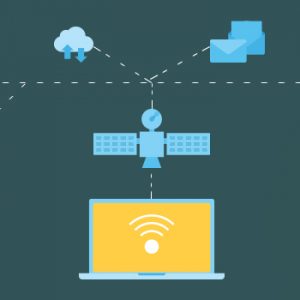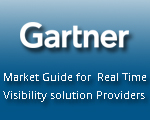Is your business using weighbridges and you find there are loopholes which results into inaccuracy of weighment or pilferage or high turn-around time required in weighbridges or vehicles are queuing up in the weighbridges?
The weighbridge is a critical link in the logistics dispatch operations at any production facility. The utilisation of the weighbridge directly impacts the dispatch throughput and the performance of the logistics department. Weighbridges are not only heavy capital investment, but they also have high operational costs. Weighbridge operators who are required to capture the weights, issues weighment slips, and processes dispatch documentation need to be employed round the clock.
Logistics departments have a tough time at the end of a month due to the need to meet delivery targets. The weighbridge section is no different. The slightest hiccup in the weighment process can result in the dispatch operations being subjected to the risk of getting delayed and in the worst cases, stalled. These hiccups present themselves in different forms. The operator might have too much on his plate, the weighment systems might misbehave, the vehicle might be underloaded or overloaded. However, considering that the weight of a vehicle determines the cost of the delivery, delays at the weighbridge are frowned upon. Additionally, due to the time taken at the weighbridge there will already be a queue just waiting to get longer.
Ever heard of an unmanned automated weighbridge?
Unmanned weighbridge is the automated weighbridge which is a standalone system and does not require and specialized operator to keep it operating well, let’s look at a typical weighment scenario and it will be clear how it can get rid of the weighbridge operator.
There are 2 stages of weighing in an average dispatch operation, the first captures the empty weight of the vehicle and the second captures the loaded weight. These are called Tare weight (TW) and Gross Weight (GW) respectively. When the empty vehicle arrives at the weighbridge, the driver needs to alight from the vehicle in order to collect the TW slip generated manually by the WB operator. He needs to repeat the same process after loading his vehicle. The 2nd time takes longer as it involves additional processing of the dispatch documentation along with the Net Weight receipt.
Let’s reimagine this process to be automated and without the services of a weighbridge operator. When the vehicle arrives at the weighbridge, he is automatically identified in one of the following ways: RF Identification, Number plate camera capture or Driver Card Swipe. The driver need not get down from the vehicle and need not collect the TW slip as it’s processed automatically through digital linking of the WB System and the ERP Database with the Automation Software Application. The vehicle leaves for loading and returns to repeat the same process without the driver disembarking. The vehicle is identified again and the GW, NW weighment and invoicing is processed automatically and triggered to the relevant recipients. The operations can be made fool-proof by installation of validating boom barriers and hooters. By eliminating the waste from the process, the lead time is reduced considerably while also eliminating the need for a full-time attendant.
Fully digital automation means “no errors or manipulations.” It also means “no paper”. Drivers not alighting means “no safety concerns” and “no waste of movement”. The end result is “no delays” and “no weighbridge attendant”.





